Home>Maintenance & Safety>Child & Elderly Safety at Home>What Is A Booster Seat
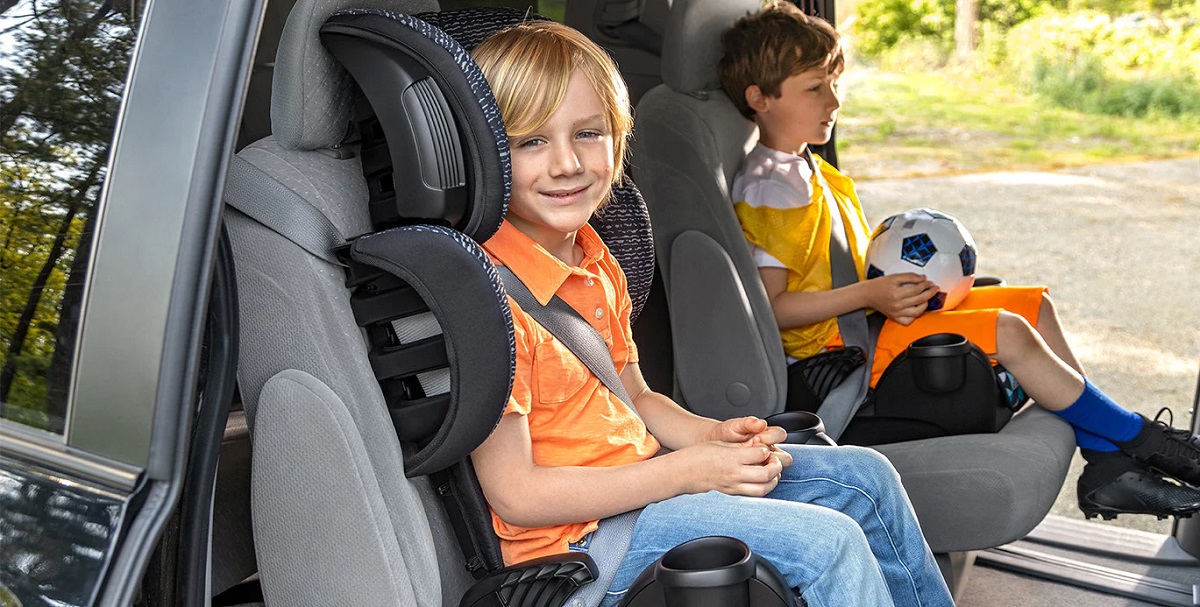

Child & Elderly Safety at Home
What Is A Booster Seat
Published: February 26, 2024
Learn about the importance of booster seats for child and elderly safety at home. Find out how to choose the right booster seat for your loved ones.
(Many of the links in this article redirect to a specific reviewed product. Your purchase of these products through affiliate links helps to generate commission for Storables.com, at no extra cost. Learn more)
Introduction
Child and elderly safety at home is a top priority for families and caregivers. One crucial aspect of this safety is ensuring that children are properly secured while traveling in vehicles. This is where booster seats play a vital role. Understanding what a booster seat is and its significance in safeguarding children is essential for every parent and caregiver.
Booster seats are specially designed to elevate a child to the correct height, allowing the vehicle's seat belt to fit properly. This ensures that the seat belt crosses the strongest parts of the child's body, providing optimal protection in the event of a collision. As children transition from car seats to booster seats, it's important to comprehend the purpose, types, and safety guidelines associated with these restraints.
In the following sections, we will delve into the definition of a booster seat, its purpose, the different types available, the appropriate time to transition to a booster seat, and the essential safety guidelines for using them. Understanding these aspects will empower parents and caregivers to make informed decisions and take the necessary precautions to keep children safe while traveling in vehicles.
Key Takeaways:
- Booster seats elevate kids for safer car rides, ensuring seat belts fit properly. They come in backless and high-back types, catering to different needs and vehicle features.
- Transition to a booster seat when a child outgrows their car seat, considering weight, height, and readiness. Follow safety guidelines for a secure and comfy ride.
Read more: What Are The Requirements For A Booster Seat
Definition of a Booster Seat
A booster seat is a specially designed child restraint system that is intended to elevate a child to the correct height, allowing the vehicle's seat belt to fit properly. Unlike infant car seats or convertible car seats, which have built-in harnesses, booster seats rely on the vehicle's seat belt to secure the child. They are specifically designed for children who have outgrown their forward-facing car seats but are not yet tall enough to use the vehicle's seat belt alone.
The primary function of a booster seat is to ensure that the seat belt fits the child correctly. This means that the lap belt should fit snugly across the child's upper thighs, not the stomach, and the shoulder belt should cross the middle of the child's chest and shoulder, not the neck or face. By elevating the child to the appropriate height, a booster seat helps position the seat belt properly, optimizing its effectiveness in the event of a crash.
Booster seats come in various designs, including backless boosters and high-back boosters. Backless boosters are simple cushions that raise the child to the correct height, while high-back boosters feature a backrest that provides additional support and protection for the child's head and neck. Both types are engineered to provide the necessary elevation for the seat belt to function as intended, offering crucial protection during car rides.
In essence, a booster seat serves as a transitional safety device, bridging the gap between a child's forward-facing car seat and the vehicle's seat belt. It is a critical tool in ensuring that children are adequately protected while traveling in vehicles, addressing the specific safety needs of children who have outgrown their previous car seats but are not yet ready for the adult seat belt system.
Understanding the definition of a booster seat is fundamental for parents and caregivers, as it forms the basis for comprehending its purpose, usage guidelines, and the importance of transitioning to this type of child restraint system at the appropriate time. By grasping the essence of a booster seat, individuals can make informed decisions to prioritize the safety of children during car journeys.
Purpose of a Booster Seat
The primary purpose of a booster seat is to address the specific safety needs of children who have outgrown their forward-facing car seats but are not yet tall enough to use the vehicle's seat belt alone. As children grow, their physical dimensions change, and ensuring that they are adequately protected while traveling in vehicles becomes increasingly important. Booster seats play a crucial role in this transitional phase, providing the necessary elevation to ensure that the seat belt fits the child correctly.
One of the key objectives of a booster seat is to position the vehicle's seat belt across the strongest parts of the child's body. This means that the lap belt should rest snugly across the upper thighs, not the stomach, and the shoulder belt should cross the middle of the chest and shoulder, not the neck or face. By elevating the child to the appropriate height, a booster seat helps achieve this optimal positioning, enhancing the effectiveness of the seat belt in the event of a collision.
Furthermore, booster seats are designed to enhance the overall safety of children during car rides. They provide crucial support and protection, especially in the case of high-back boosters, which feature a backrest that offers additional support for the child's head and neck. This is particularly important in the event of sudden stops or collisions, as the booster seat helps mitigate the risk of injury by providing a secure and properly positioned restraint system.
In essence, the purpose of a booster seat is to bridge the gap between a child's forward-facing car seat and the vehicle's seat belt, ensuring a smooth and safe transition as children grow and develop. By fulfilling this role, booster seats contribute significantly to the overall safety of children in vehicles, addressing their specific safety requirements during this critical stage of physical development.
Understanding the purpose of a booster seat is essential for parents and caregivers, as it underscores the importance of this transitional safety device in safeguarding children during car journeys. By recognizing the purpose and significance of booster seats, individuals can make informed decisions and take proactive measures to prioritize the safety and well-being of children while traveling in vehicles.
Types of Booster Seats
Booster seats come in various designs, each catering to specific needs and preferences. Understanding the different types of booster seats is essential for parents and caregivers, as it allows them to make informed decisions based on the unique requirements of their children. Two primary categories of booster seats are backless boosters and high-back boosters.
Backless Boosters
Backless boosters, also known as booster cushions, are simple yet effective devices designed to elevate a child to the correct height for proper seat belt fitment. These boosters do not have a backrest and are typically used in vehicles with adequate headrests. They are lightweight, portable, and easy to install, making them convenient for travel and carpooling. Backless boosters are suitable for older children who have outgrown their forward-facing car seats and require a boost to ensure that the vehicle's seat belt fits them correctly. While they provide the necessary elevation for proper seat belt positioning, it's important to ensure that the vehicle's headrest provides adequate support for the child's head in the absence of a backrest.
Read more: What Is The Purpose Of A Booster Seat
High-Back Boosters
High-back boosters feature a built-in backrest that provides additional support and protection for the child's head and neck. These boosters offer a comprehensive seating solution, addressing both the elevation needs and the enhanced upper body support required for younger children. The backrest of high-back boosters is designed to align with the child's head, providing stability and protection in the event of sudden stops or collisions. Additionally, high-back boosters often feature adjustable headrests and armrests, contributing to the overall comfort and safety of the child during car rides. The presence of a backrest makes high-back boosters particularly suitable for vehicles with low or no headrests, as they provide the necessary support for the child's head and neck, ensuring a secure and comfortable seating position.
Understanding the distinctions between backless boosters and high-back boosters enables parents and caregivers to select the most suitable option based on their child's age, size, and the specific features of their vehicle. Both types of booster seats serve the fundamental purpose of elevating the child to achieve proper seat belt fitment, but high-back boosters offer additional upper body support and protection, making them an ideal choice for younger children and vehicles with limited headrest options.
By comprehending the characteristics and benefits of each type of booster seat, individuals can make informed decisions, ensuring that children are provided with the most appropriate and secure seating arrangement during car journeys. This understanding empowers parents and caregivers to prioritize the safety and comfort of children, addressing their unique needs through the selection of the most suitable booster seat type.
When to Transition to a Booster Seat
Transitioning to a booster seat is a significant milestone in a child's journey towards safe and comfortable travel in vehicles. It marks the progression from a forward-facing car seat to a booster seat, addressing the changing safety needs of growing children. The timing of this transition is crucial, as it directly impacts the effectiveness of the child's restraint system and overall safety during car rides.
The appropriate time to transition to a booster seat is when a child outgrows the weight or height limits of their forward-facing car seat, which is typically around 40-65 pounds and 4 feet 9 inches tall. It's important to consult the specific guidelines provided by the car seat manufacturer and adhere to the recommended limits for transitioning to a booster seat. Additionally, children should exhibit the maturity and physical readiness to sit properly in a booster seat, maintaining the correct seating position throughout the journey.
Physical readiness for a booster seat includes the ability to sit upright without slouching, keeping the shoulder belt positioned across the chest and shoulder, and the lap belt snugly across the upper thighs. Children who demonstrate these capabilities are ready for the transition, as they can effectively utilize the booster seat to achieve proper seat belt fitment.
Moreover, the decision to transition to a booster seat should consider the child's age, size, and developmental stage. While age is a general guideline, it's essential to prioritize the child's physical dimensions and readiness for the transition. Some children may reach the height and weight requirements for a booster seat at a younger age, while others may require additional time in their forward-facing car seats to ensure optimal safety and comfort.
It's crucial to emphasize that the transition to a booster seat should not be rushed. Ensuring that the child meets the necessary physical and developmental criteria for using a booster seat is paramount, as it directly impacts their safety and well-being during car journeys. By carefully evaluating the child's readiness and adhering to the recommended weight, height, and maturity guidelines, parents and caregivers can make a well-informed decision regarding the transition to a booster seat, prioritizing the child's safety and comfort.
Understanding the appropriate timing for transitioning to a booster seat empowers parents and caregivers to proactively address the changing safety needs of growing children, ensuring that they are provided with a secure and suitable restraint system for their car rides. By recognizing the significance of this transition and adhering to the relevant guidelines, individuals can prioritize the safety and well-being of children, fostering a secure and comfortable travel environment.
When using a booster seat, make sure the seat belt fits properly across the child’s shoulder and hips, not their neck or stomach. This will help keep them safe in the event of a crash.
Safety Guidelines for Using a Booster Seat
Ensuring the proper usage of a booster seat is essential for maximizing the safety and protection of children during car rides. Adhering to specific safety guidelines helps create a secure and comfortable seating environment, minimizing the risk of injury in the event of sudden stops or collisions. Here are crucial safety guidelines for using a booster seat:
-
Proper Fit: The booster seat should provide a secure and snug fit for the child, ensuring that the seat belt rests across the strongest parts of their body. The lap belt should fit snugly across the upper thighs, not the stomach, and the shoulder belt should cross the middle of the chest and shoulder, not the neck or face.
-
Correct Positioning: The booster seat should be installed in the vehicle according to the manufacturer's instructions, ensuring that it remains stable and secure at all times. It's important to follow the specific installation guidelines provided with the booster seat to guarantee its optimal performance.
-
Age and Size Consideration: While transitioning to a booster seat, it's crucial to consider the child's age, size, and developmental stage. Ensure that the child meets the recommended weight and height requirements for using a booster seat, and assess their physical readiness to sit properly throughout the journey.
-
Vehicle Compatibility: Verify that the booster seat is compatible with the vehicle's seating arrangement and safety features. Some vehicles may have unique characteristics that require specific types of booster seats for optimal fit and performance.
-
Headrest Support: If using a backless booster, ensure that the vehicle's headrest provides adequate support for the child's head. In the case of high-back boosters, adjust the headrest to align with the child's head, providing stability and protection.
-
Regular Inspections: Periodically inspect the booster seat for any signs of wear, damage, or improper functioning. This includes checking the integrity of the seat's structure, the condition of the seat belt guides, and the overall stability of the installation.
-
Educate the Child: Teach the child about the importance of sitting properly in the booster seat, maintaining the correct posture and positioning throughout the journey. Encourage them to understand the significance of seat belt safety and the role of the booster seat in providing protection.
By diligently following these safety guidelines, parents and caregivers can ensure that children are provided with a secure and reliable restraint system during car rides. Prioritizing the proper usage of booster seats contributes to a safe and comfortable travel environment, fostering peace of mind and well-being for both children and caregivers.
Conclusion
In conclusion, understanding the significance of booster seats in safeguarding children during car journeys is paramount for parents and caregivers. These specially designed child restraint systems serve as transitional safety devices, addressing the specific needs of children who have outgrown their forward-facing car seats but are not yet ready for the adult seat belt system. By elevating the child to the correct height, booster seats ensure that the vehicle's seat belt fits properly, positioning it across the strongest parts of the child's body and providing optimal protection in the event of a collision.
The diverse types of booster seats, including backless boosters and high-back boosters, offer tailored solutions to accommodate the varying needs and preferences of children and their caregivers. Backless boosters provide a lightweight and portable option, suitable for older children who require a boost for proper seat belt fitment, while high-back boosters offer additional support and protection, particularly for younger children and vehicles with limited headrest options. Understanding these distinctions empowers parents and caregivers to select the most suitable booster seat type based on their child's age, size, and the specific features of their vehicle.
Transitioning to a booster seat at the appropriate time, considering the child's weight, height, and physical readiness, is crucial for ensuring their safety and comfort during car rides. By adhering to the recommended guidelines and evaluating the child's maturity and developmental stage, parents and caregivers can make informed decisions, prioritizing the child's well-being and security.
Furthermore, adhering to safety guidelines for using a booster seat, including ensuring proper fit, correct positioning, age and size consideration, vehicle compatibility, headrest support, regular inspections, and educating the child about the importance of seat belt safety, creates a secure and comfortable seating environment. By diligently following these guidelines, parents and caregivers contribute to a safe and reassuring travel experience for children, fostering peace of mind and well-being for all involved.
In essence, booster seats play a vital role in providing children with the necessary protection and support during car journeys, addressing their evolving safety needs as they grow and develop. By comprehending the definition, purpose, types, appropriate transition timing, and safety guidelines associated with booster seats, parents and caregivers are equipped to prioritize the safety and well-being of children, creating a secure and comfortable travel environment that promotes confidence and peace of mind.
Frequently Asked Questions about What Is A Booster Seat
Was this page helpful?
At Storables.com, we guarantee accurate and reliable information. Our content, validated by Expert Board Contributors, is crafted following stringent Editorial Policies. We're committed to providing you with well-researched, expert-backed insights for all your informational needs.
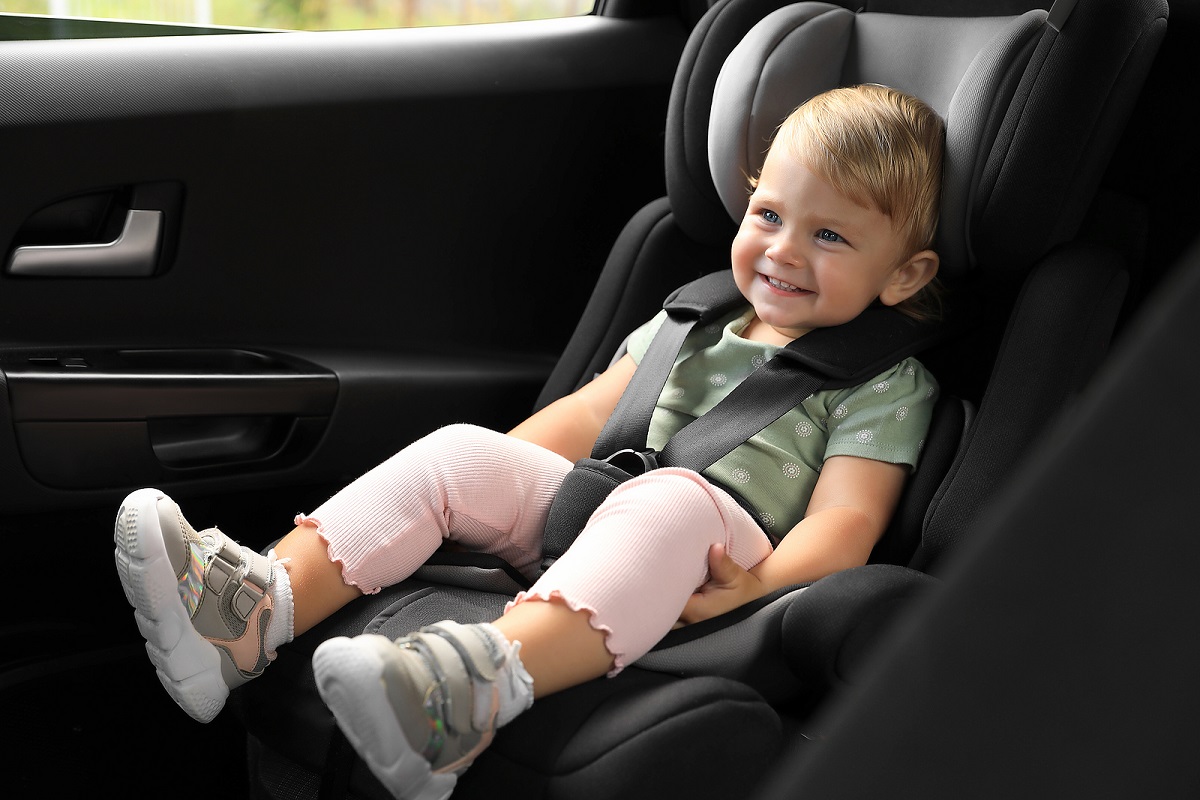
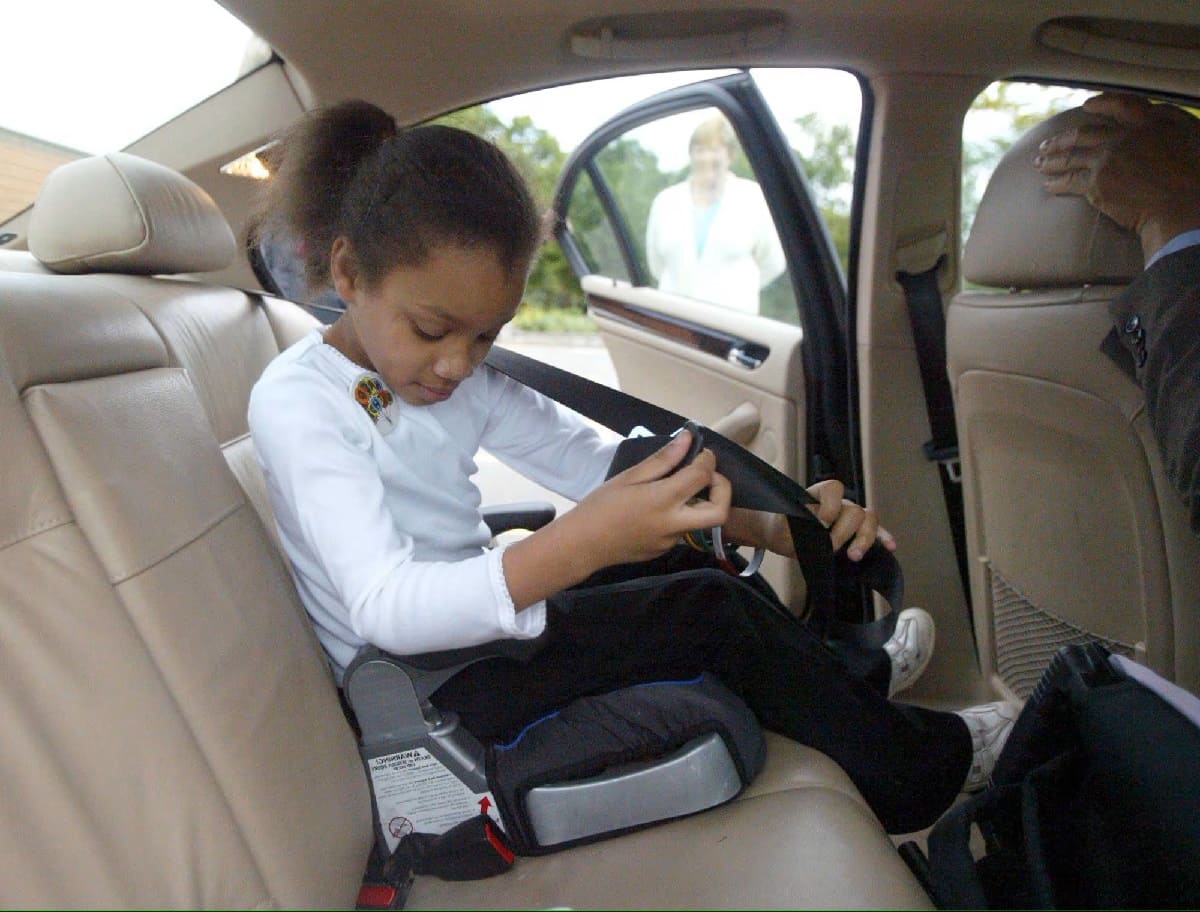
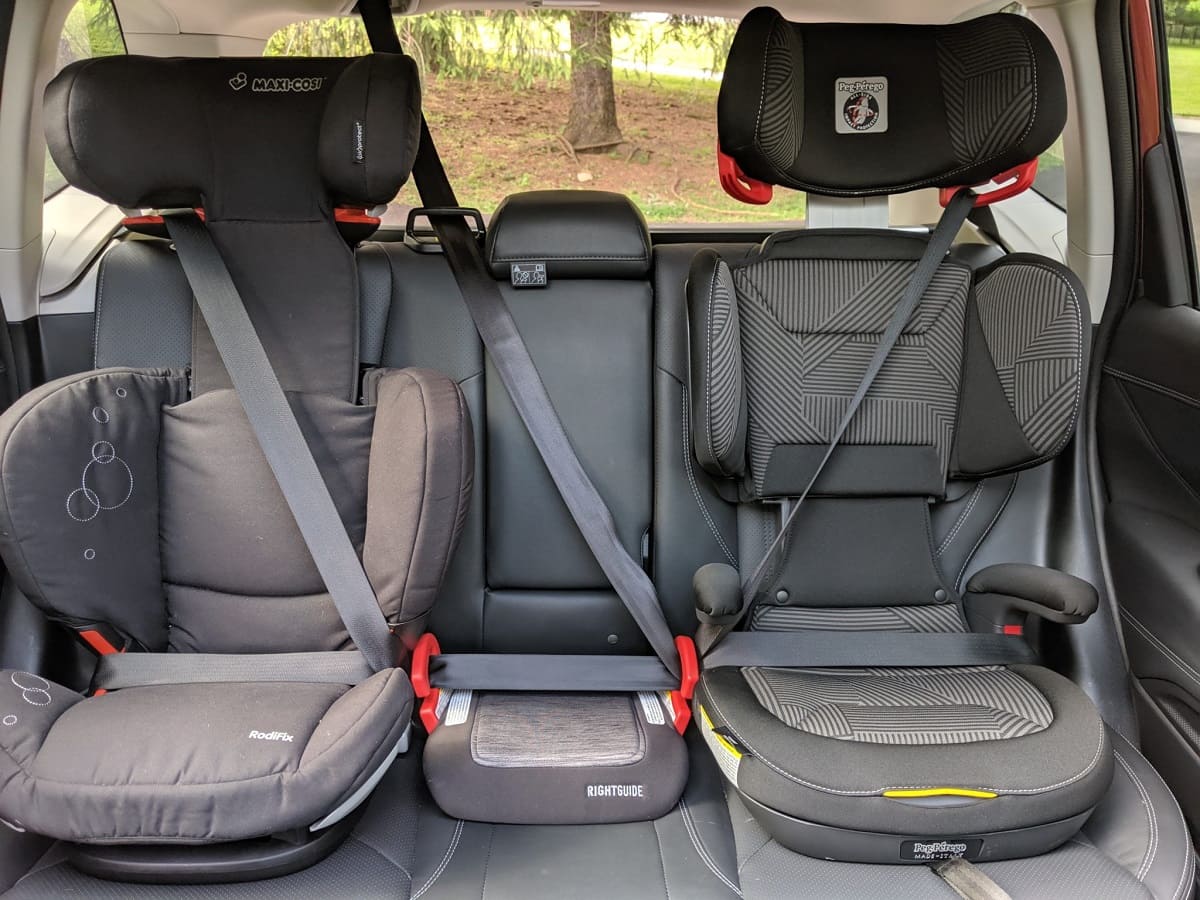
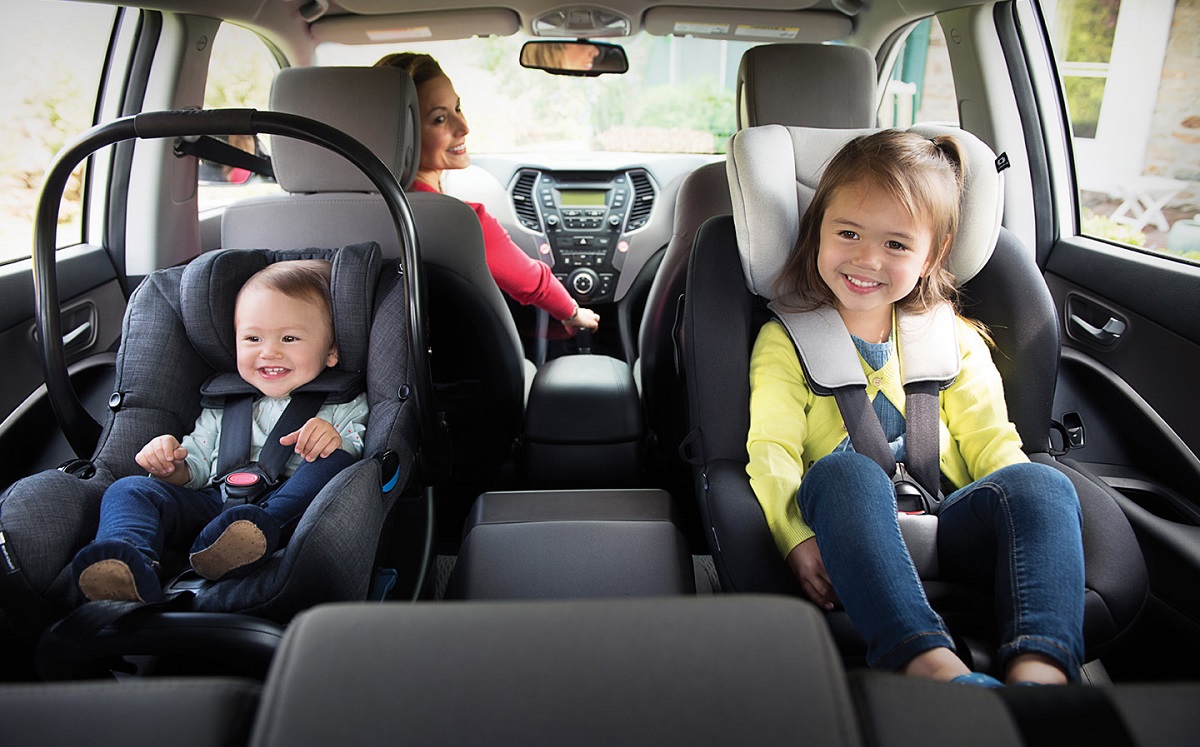
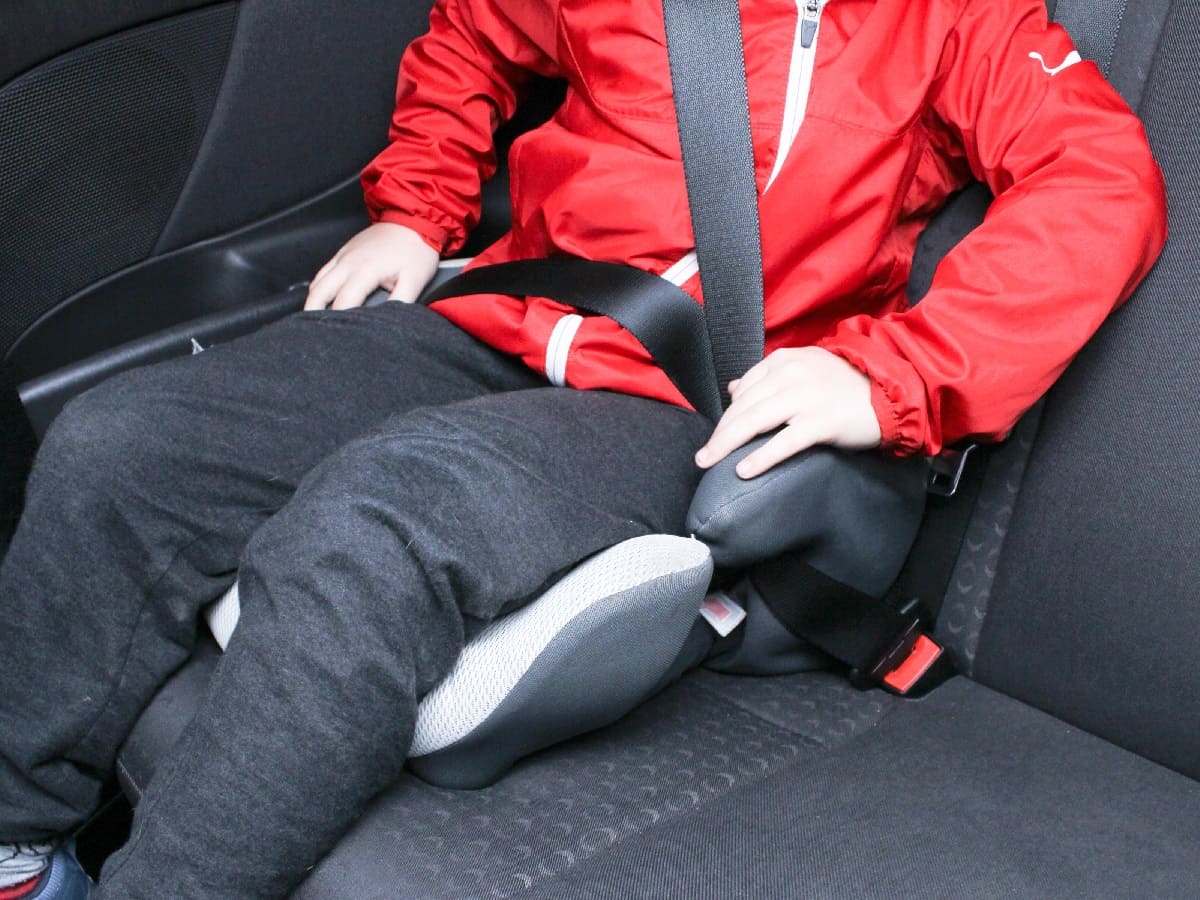
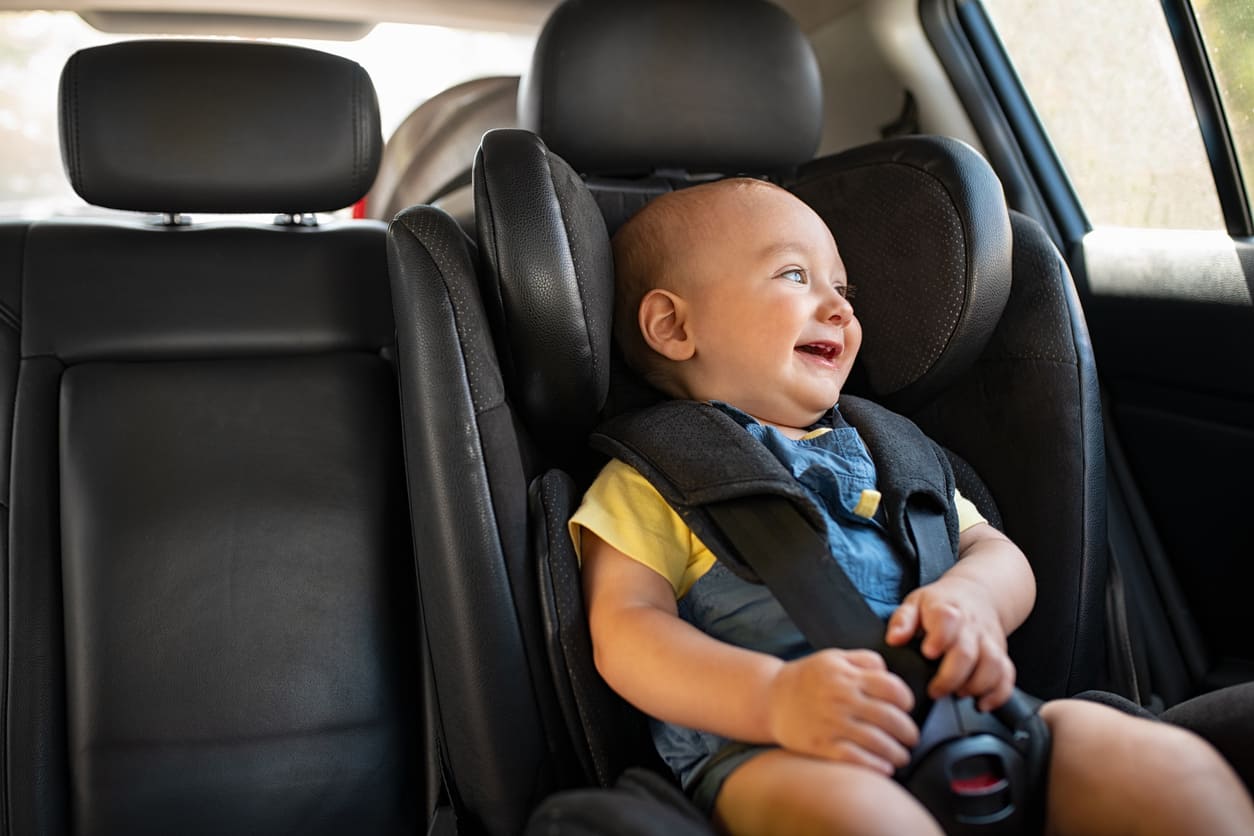
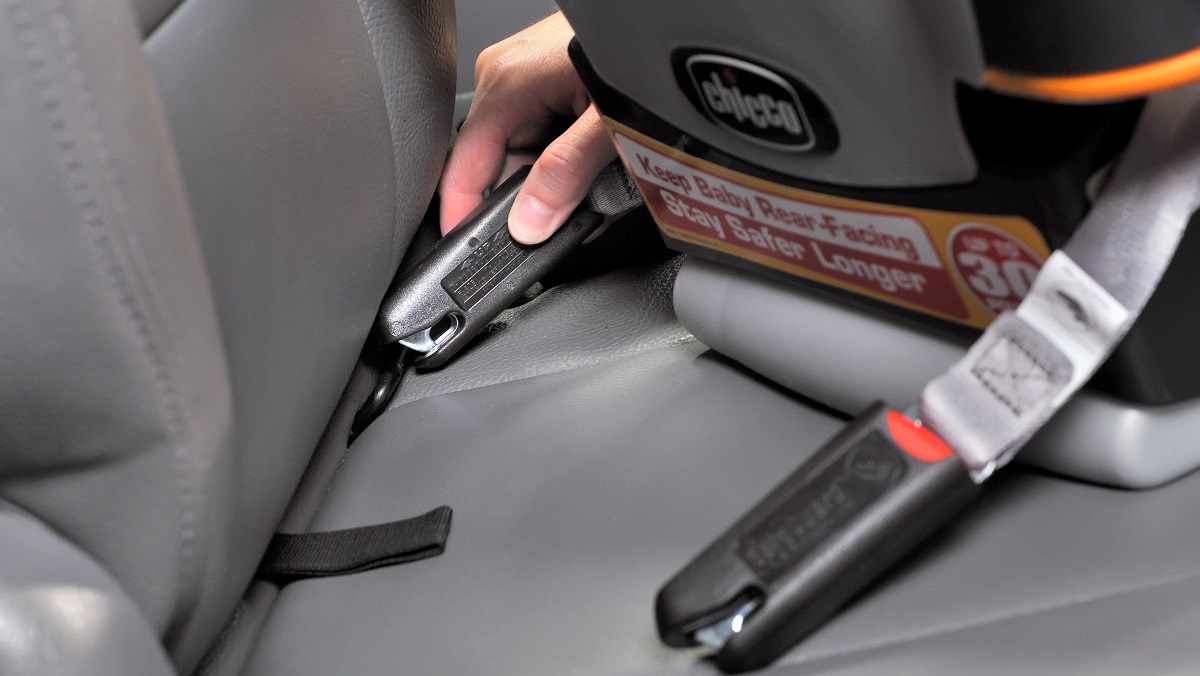
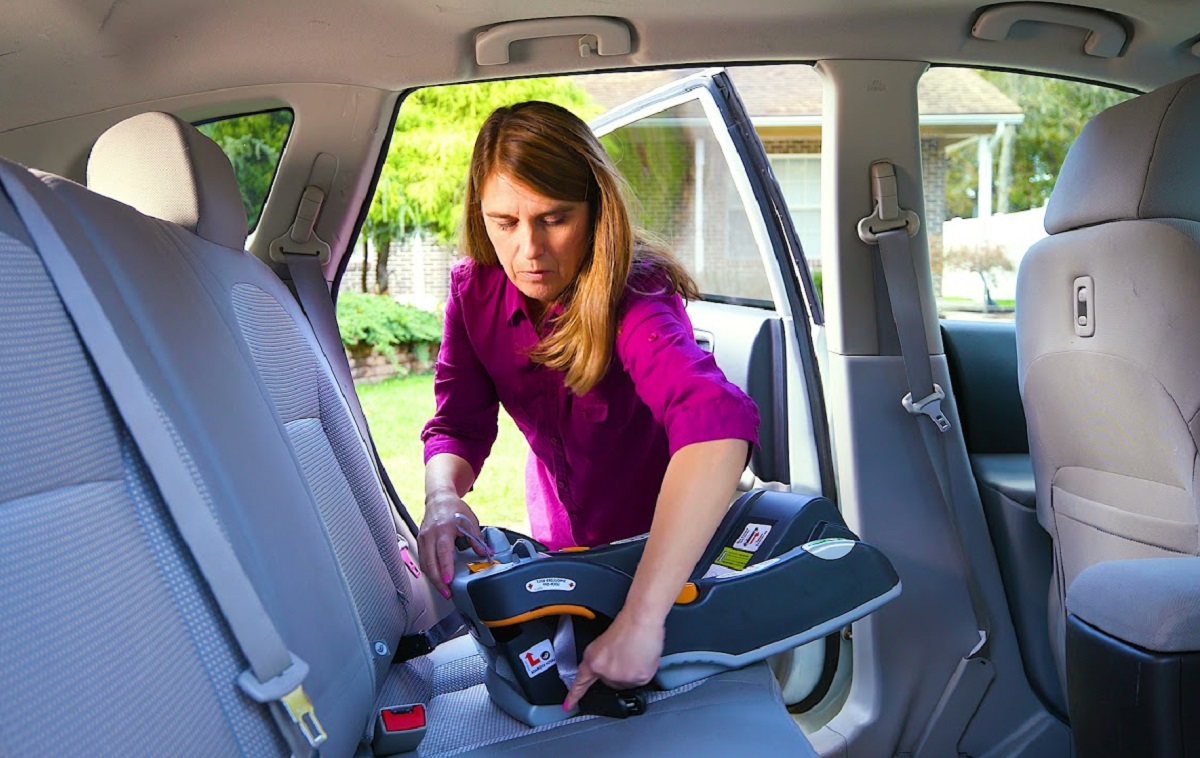
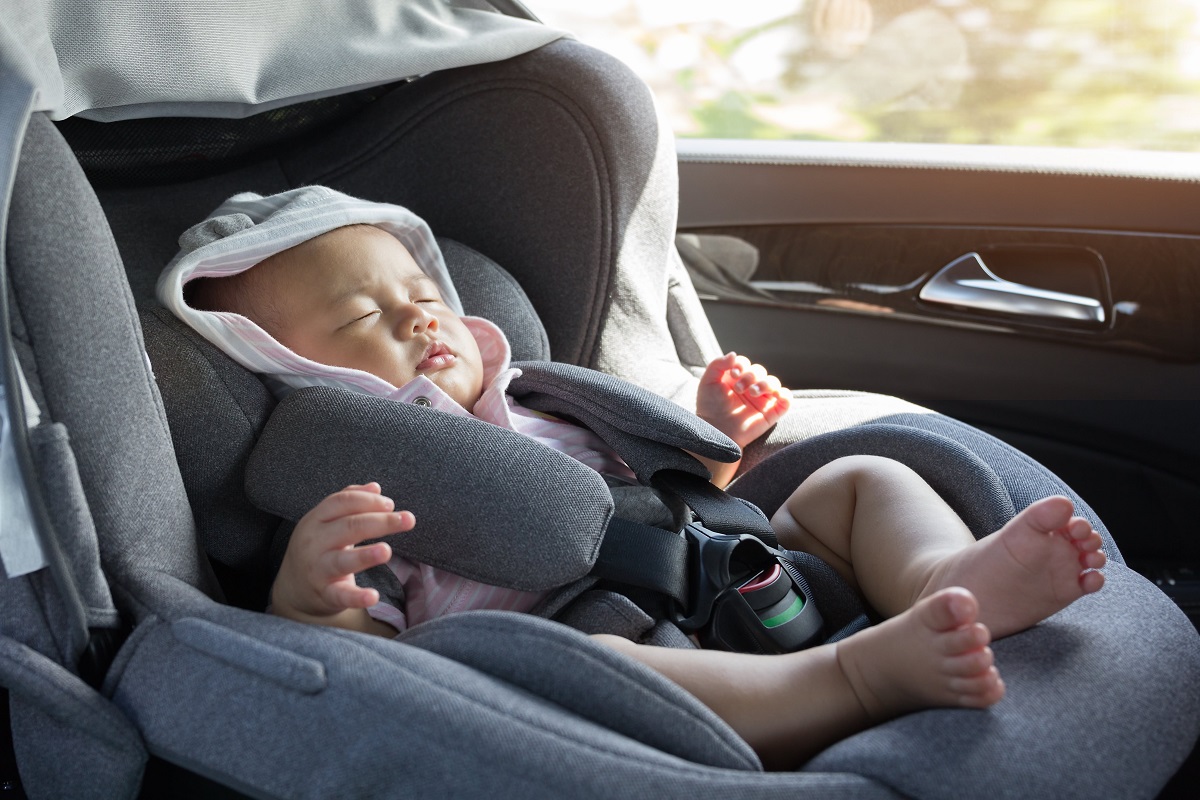
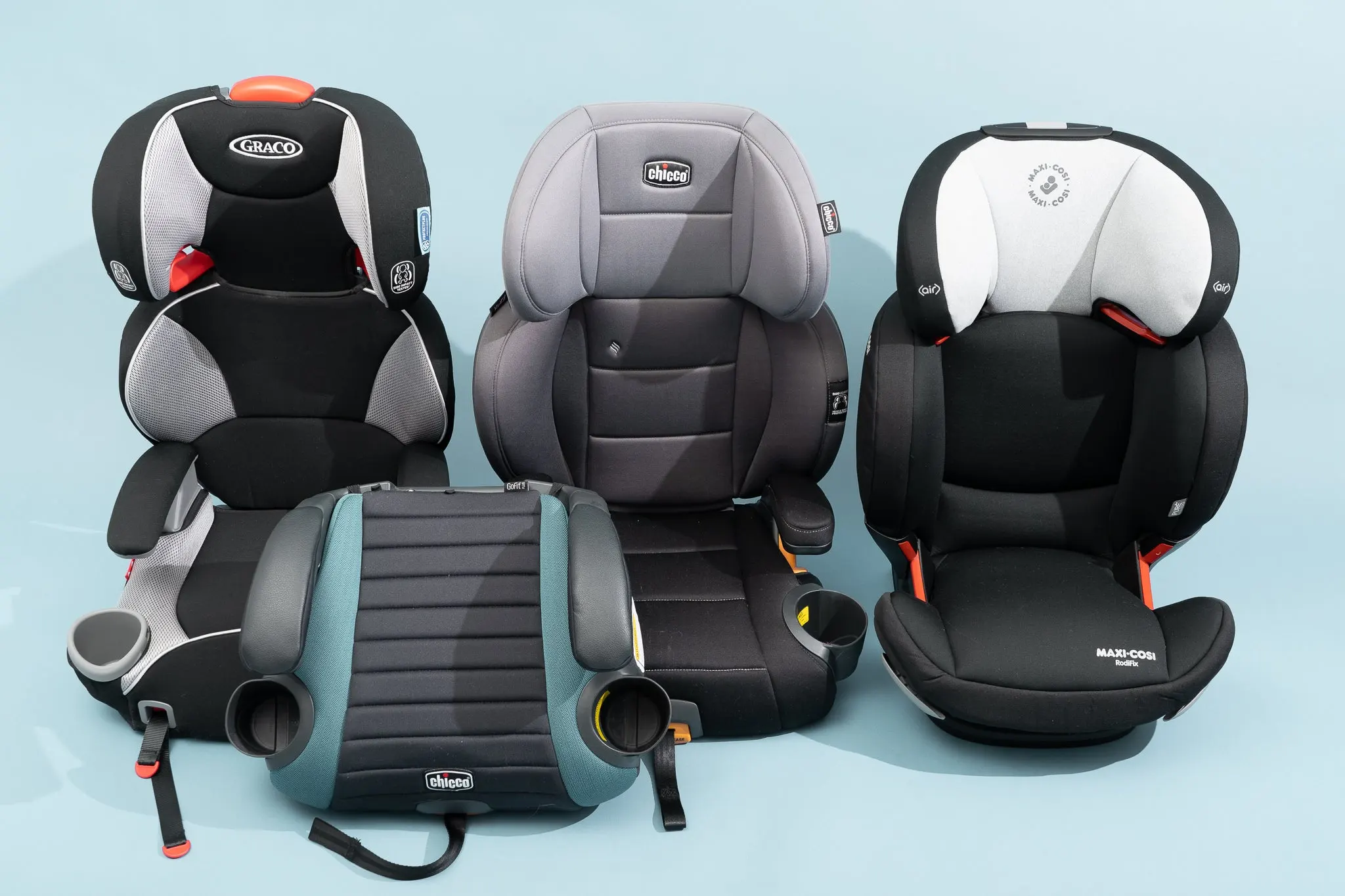

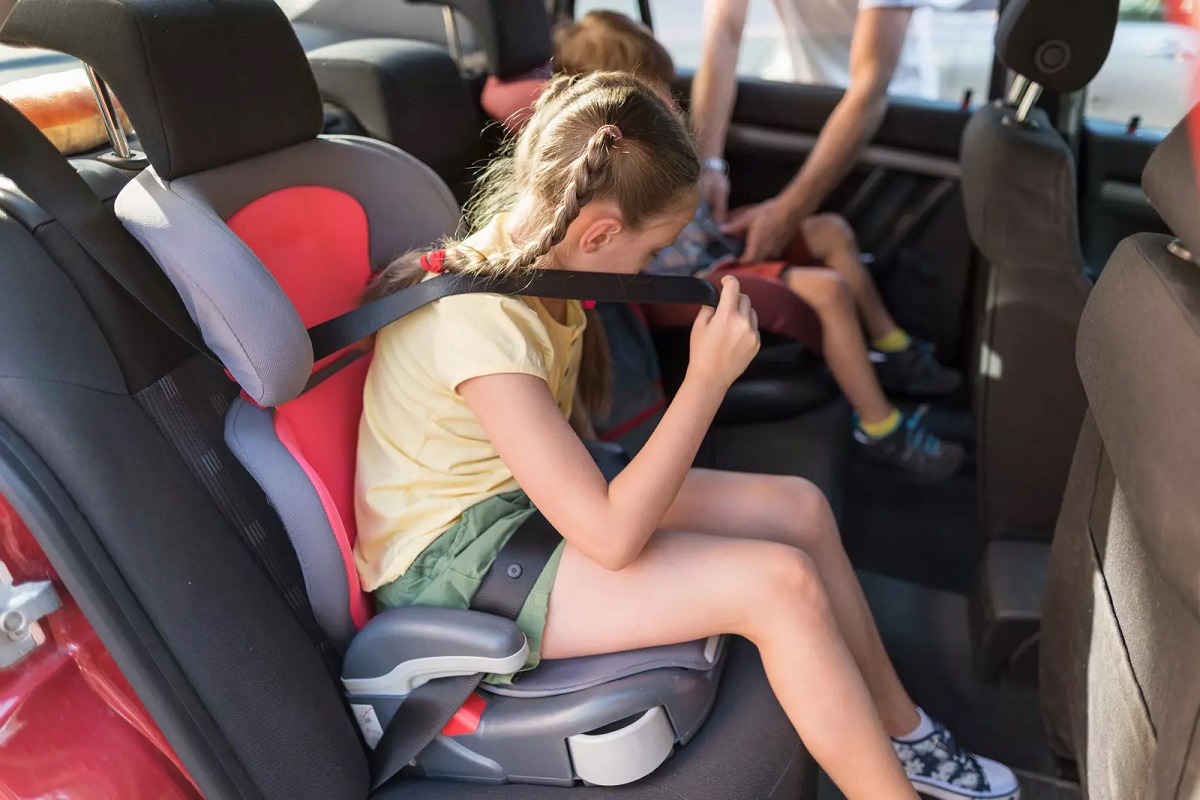
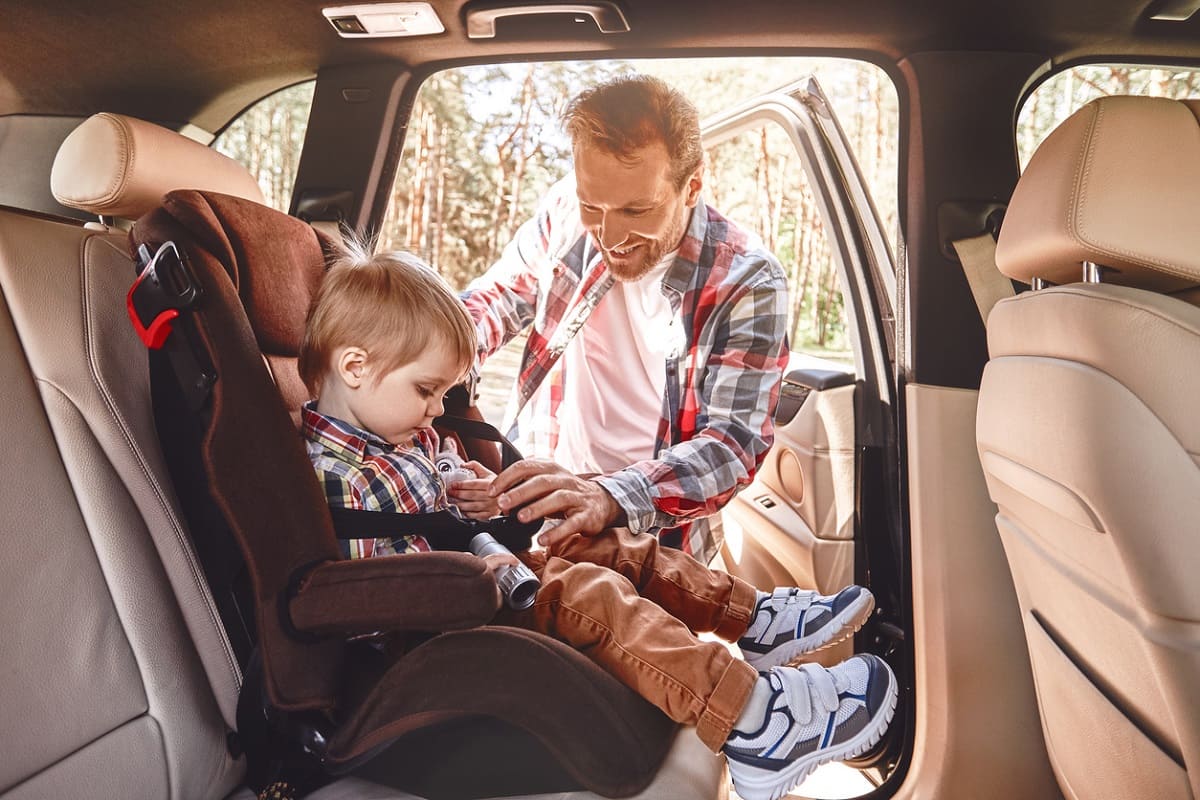
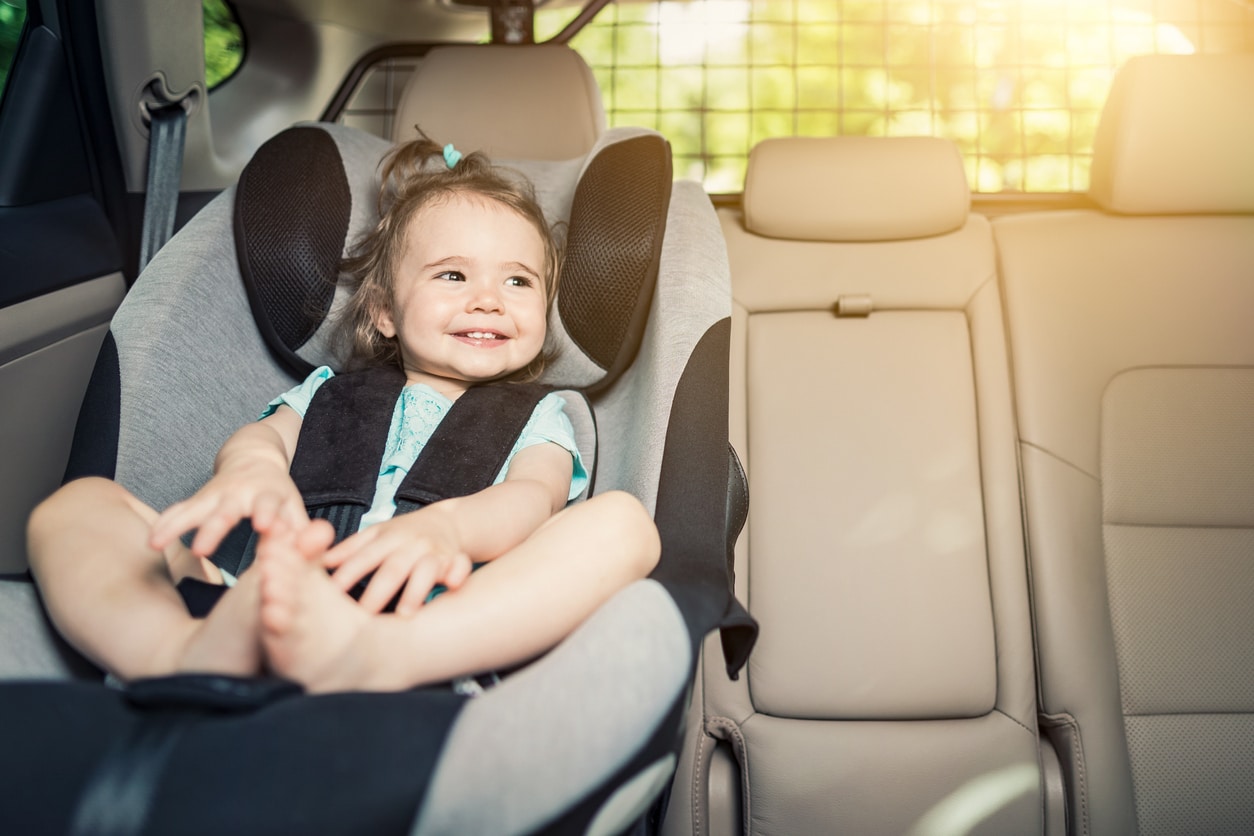

0 thoughts on “What Is A Booster Seat”